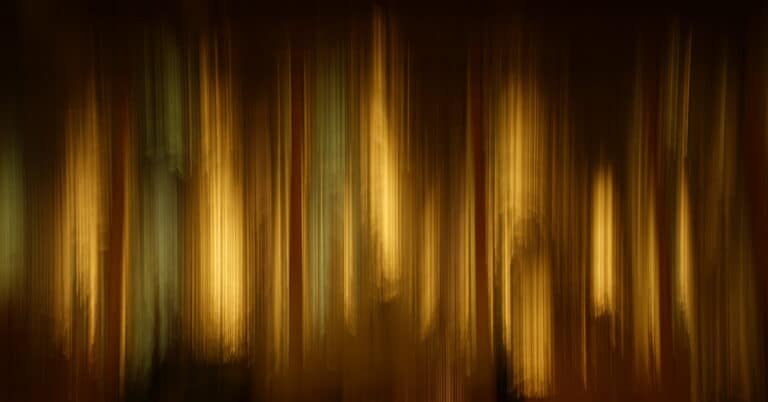One way to understand the strangeness of supernatural experiences is to examine situations where there is no pre-existing tradition to guide people’s interpretations. For example, if someone has a mystical experience during a Pentecostalist faith-healing service or a Roman Catholic Mass, they are likely to interpret it within the framework of existing Christian theology. However, if someone has a religious experience in a different context, the sheer strangeness of the experience is more likely to stand out.
I have previously discussed how reading the Christian Gospels without the expectations of Christian doctrine can reveal their mysteries. These mysteries cannot be explained solely by an overactive theory of mind among Jesus’ disciples or the advantages of Christianity for social control.
Another approach I have been exploring recently is to study U.F.O. encounters, as the Pentagon seems to want us to do. These encounters can be seen as a form of religious experience, possibly even the basis for a new 21st-century religion. Diana Walsh Pasulka, a religious studies professor at the University of North Carolina, Wilmington, has written two books on this subject: “American Cosmic: UFOs, Religion, Technology,” and its recently published sequel, “Encounters: Experiences With Nonhuman Intelligences.” This theme is also addressed in Matthew Bowman’s book, “The Abduction of Betty and Barney Hill: Alien Encounters, Civil Rights, and the New Age in America,” which focuses on a notable U.F.O. encounter involving an interracial couple in 1960s New Hampshire.
In both the Hill story and the various narratives explored by Pasulka, individuals have unexpected encounters with entities that defy easy categorization and explanation. While some aspects of these encounters fit into a science-fiction template popularized by Spielberg, when delving deeper into the narratives, many details and consequences resemble supernatural experiences from early modern and pre-modern societies, such as fairy abductions, encounters with saints and demons, and interactions with gods.
The communities that have formed around these experiences do not simply confirm existing religious structures, even if some individuals interpret them in line with Christianity or other faiths. Instead, they exist in a landscape of uncertain agnosticism, filled with competing theories about what is happening. Half-formed theologies and metaphysical concepts blend with scientific and pseudoscientific narratives. Would-be gurus eagerly embrace specific visions, while skeptics caution against potential malevolent intentions of the unidentified visitors.


